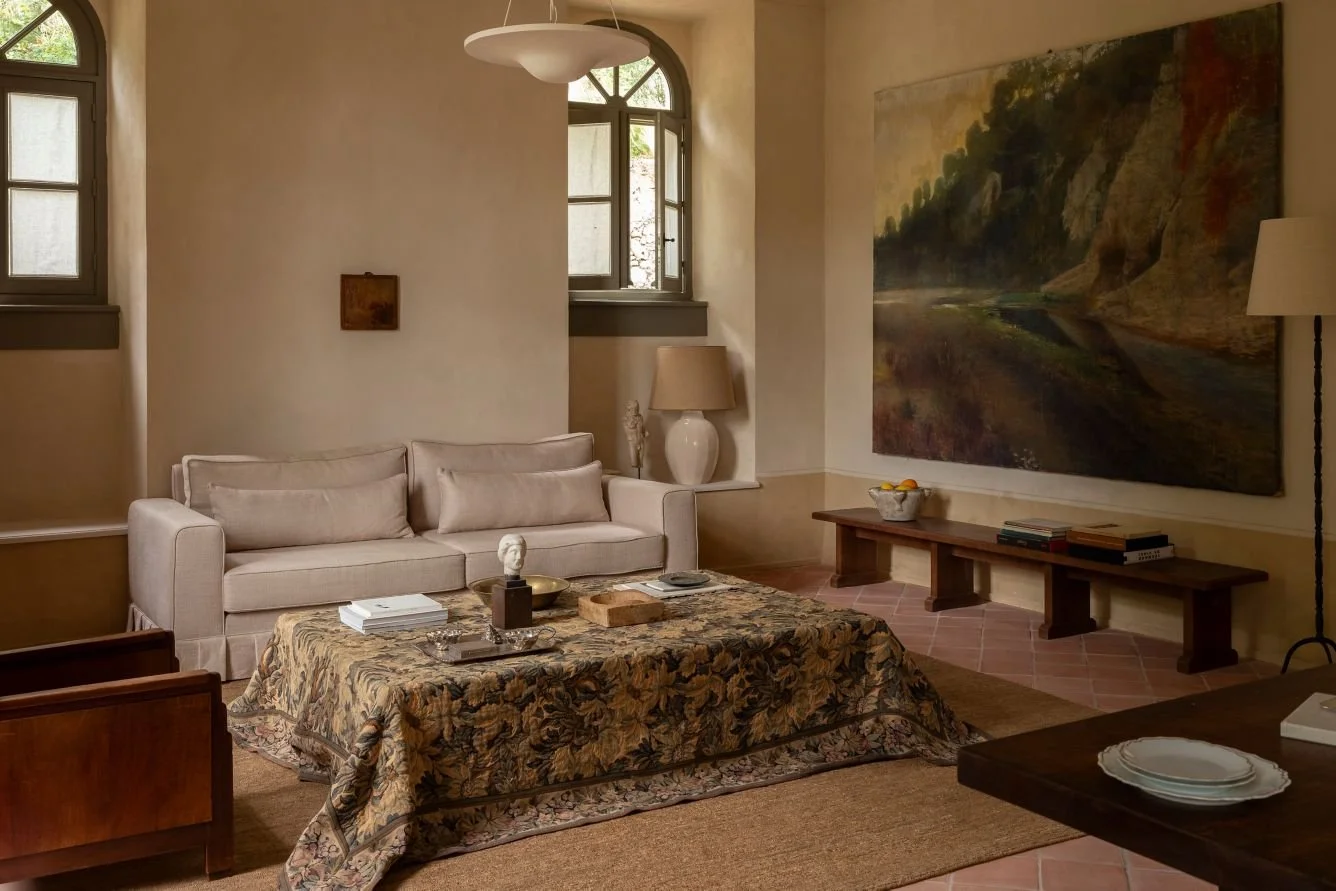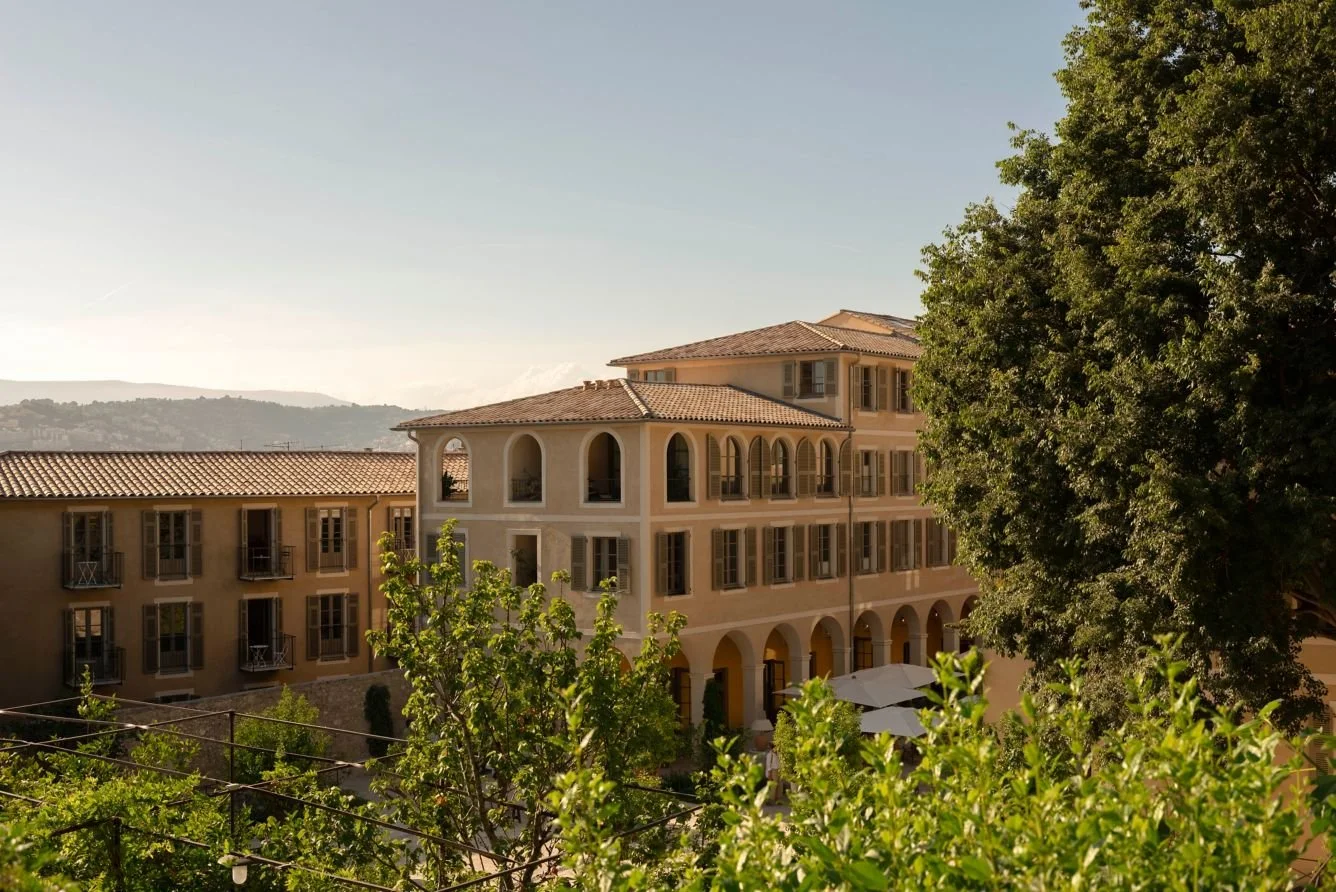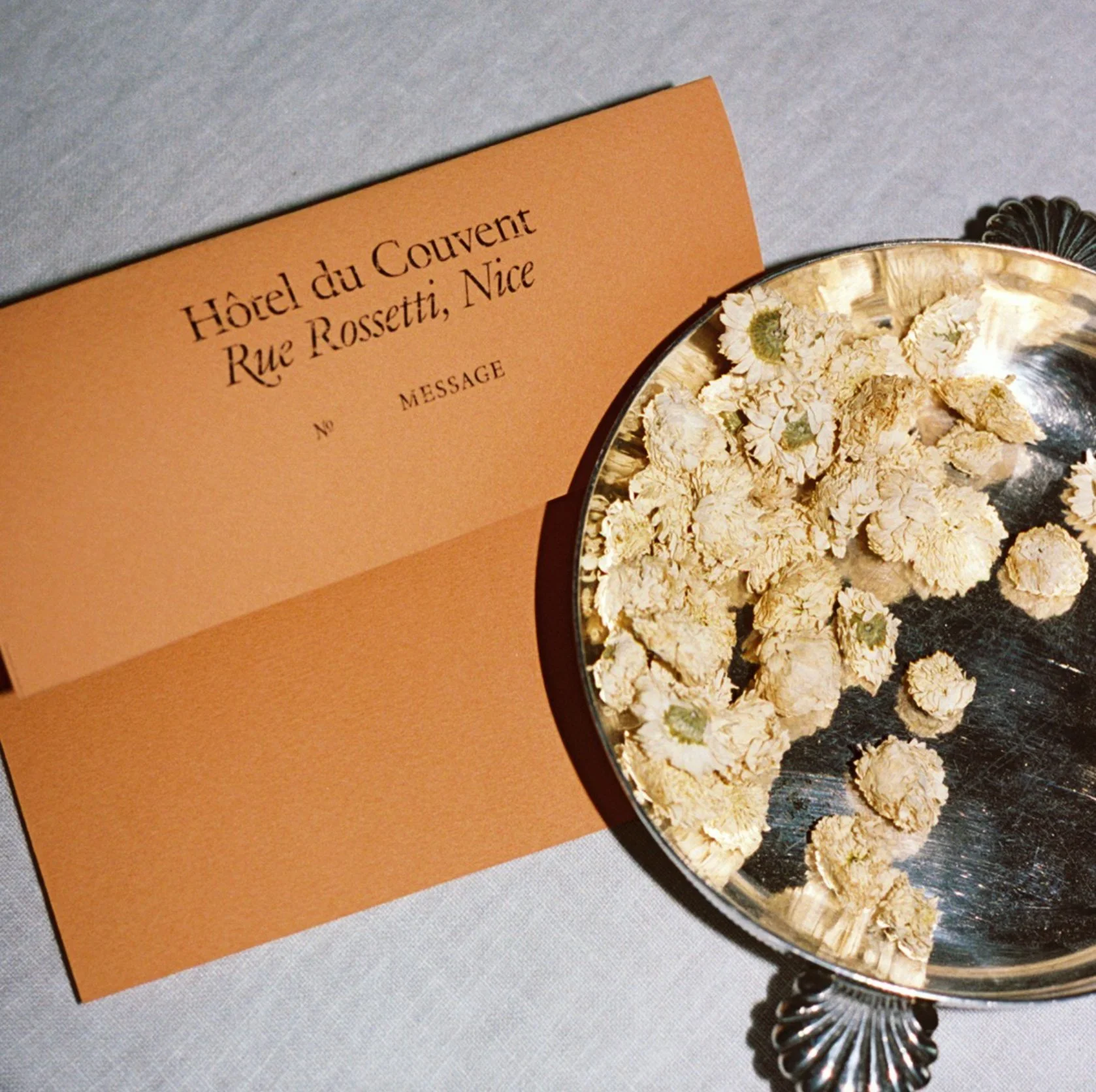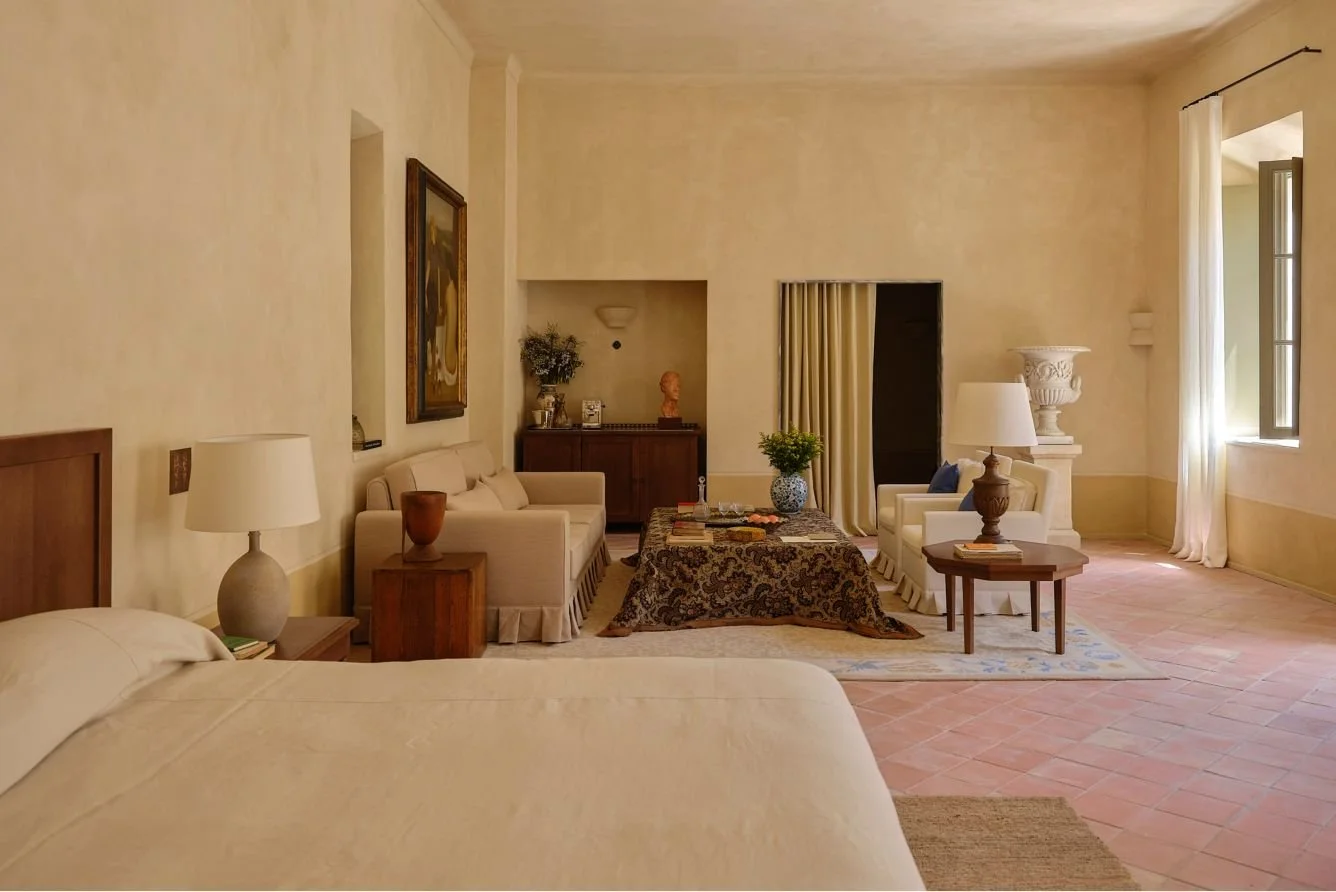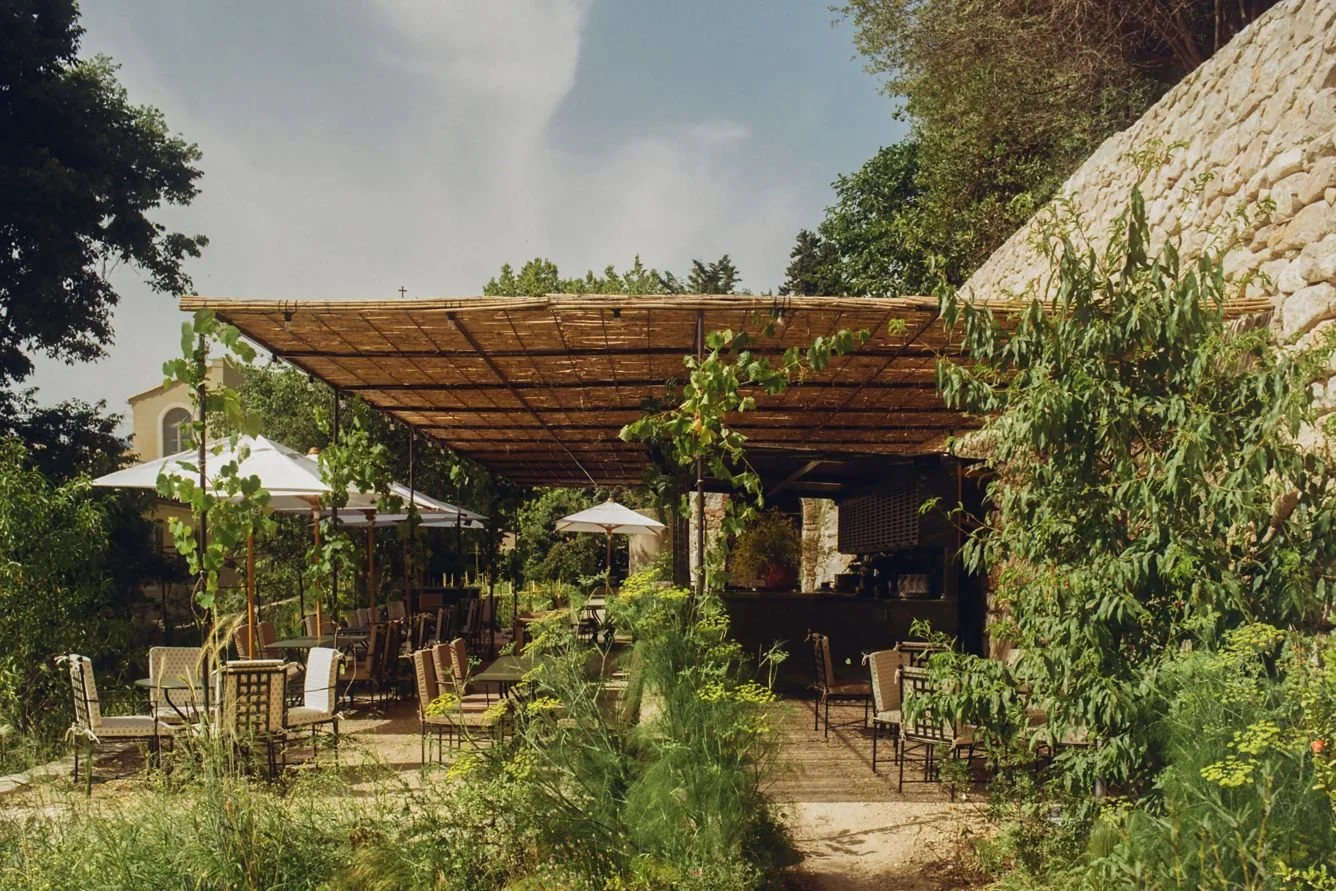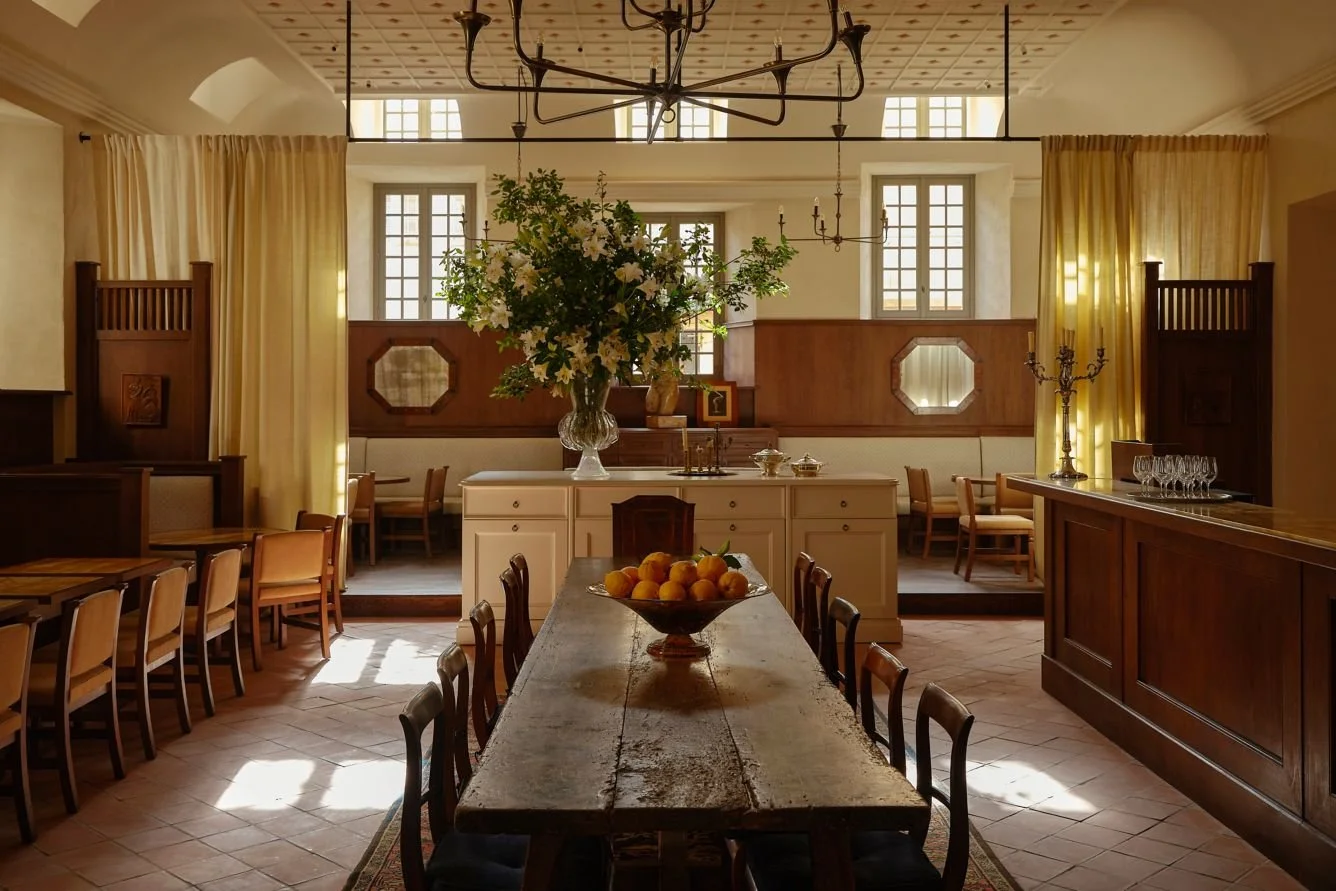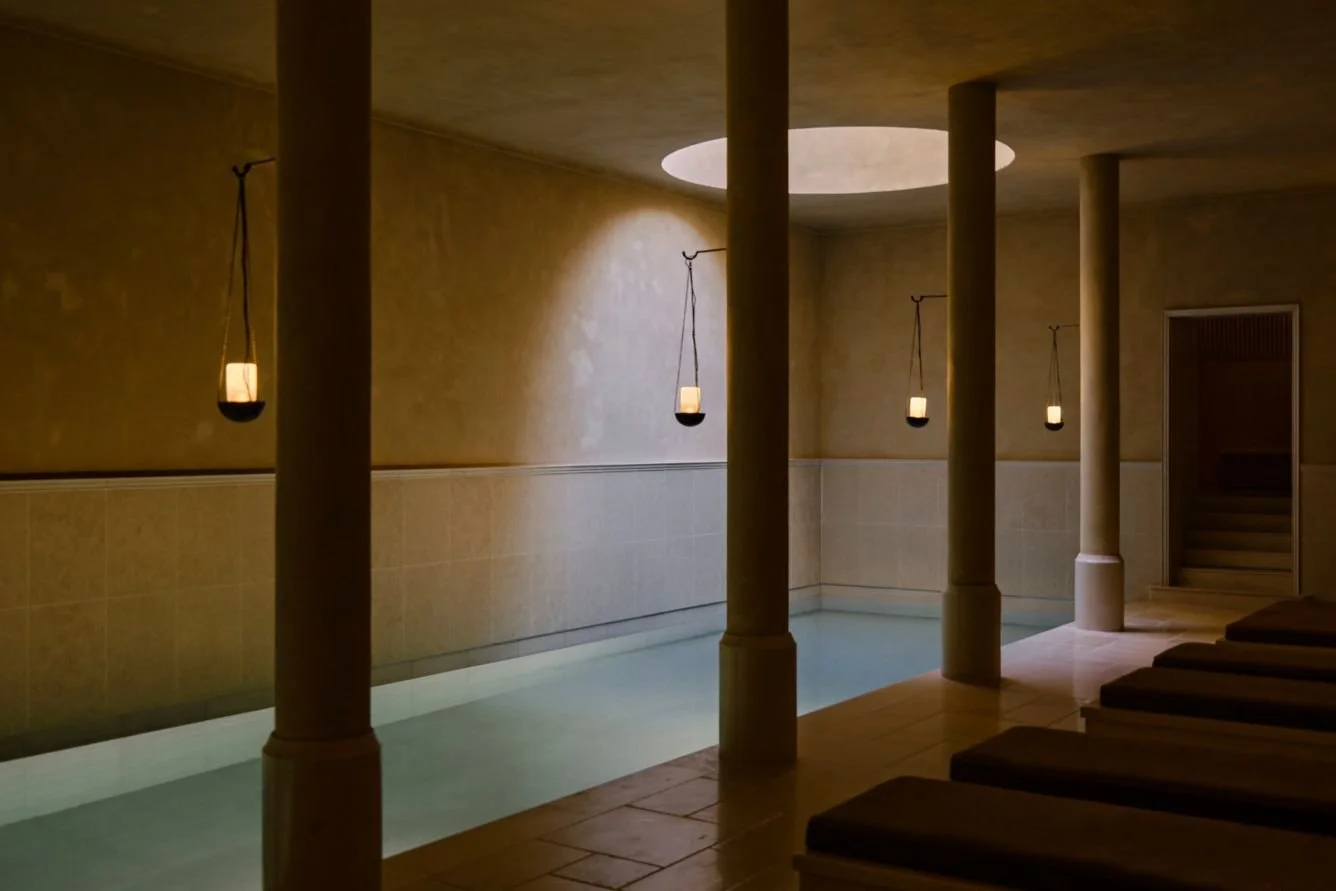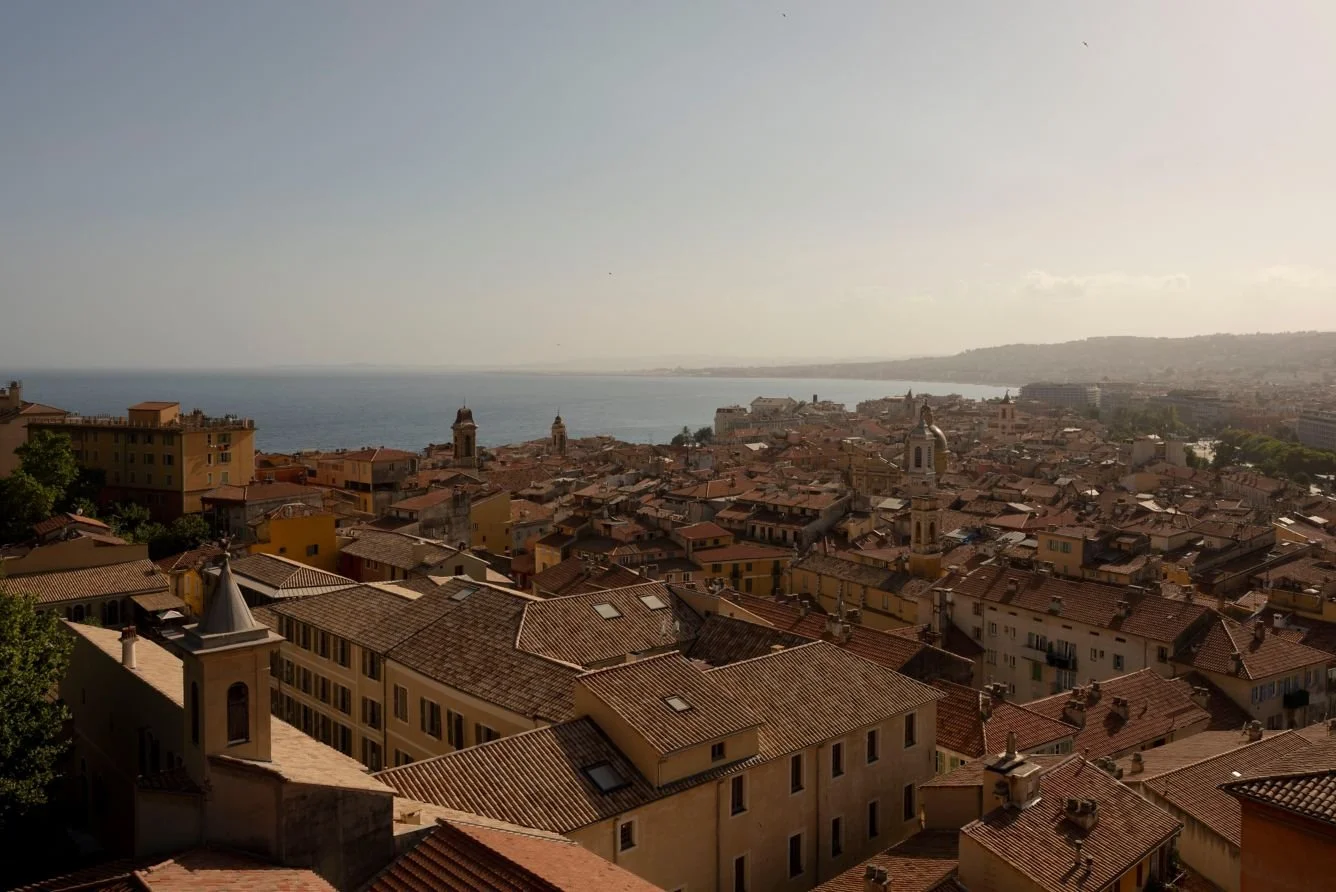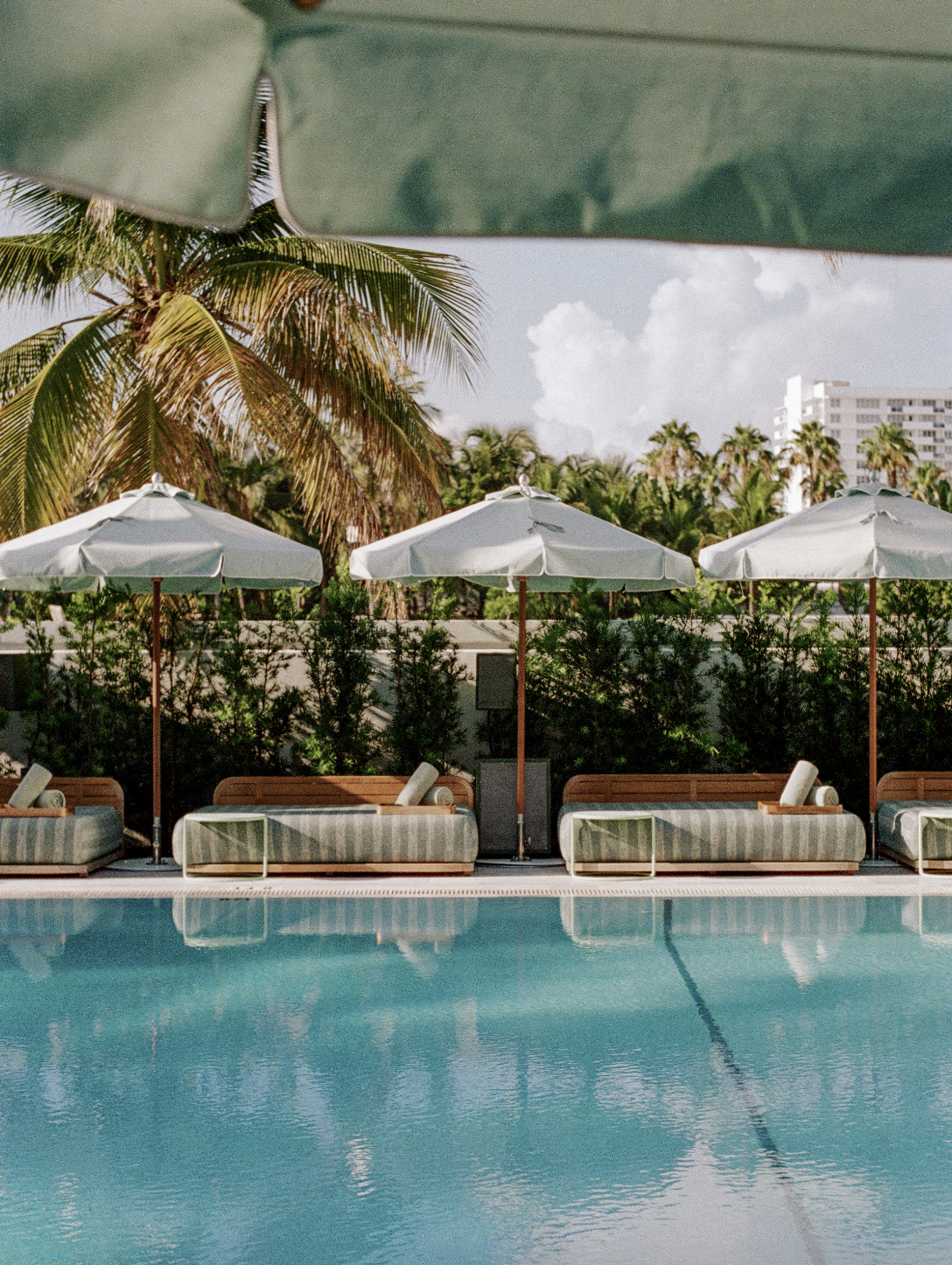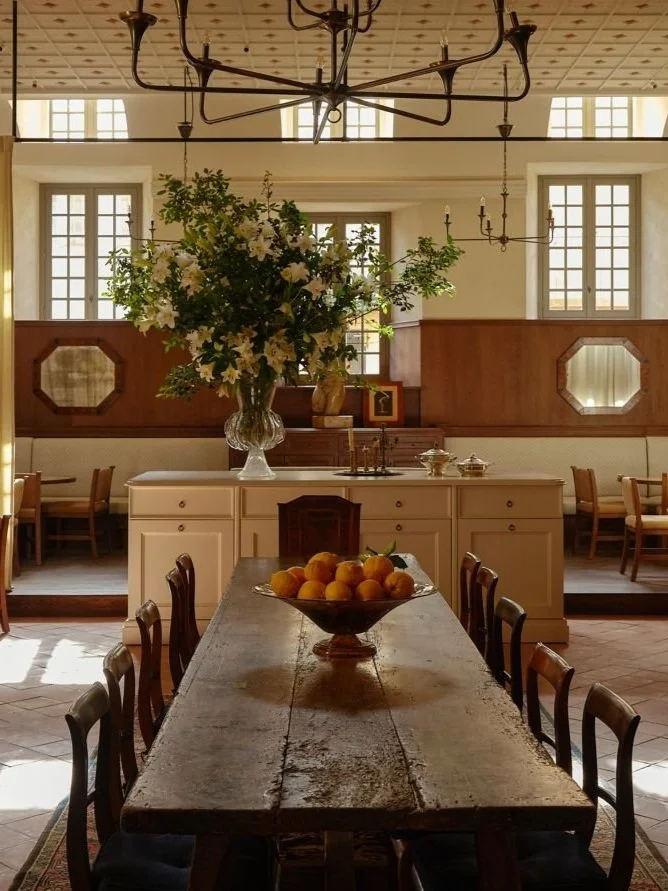Checking In: Hôtel du Couvent, Nice
Hôtel du Couvent, A Luxury Collection Hotel, Nice
In a city known for its flamboyance, Hôtel du Couvent is a study in restraint.
Location & Local Favourites
Set on a quiet hill above the pastel-toned bustle of Old Nice, Hôtel du Couvent offers an elevated view of the city—both literally and figuratively. This part of Nice still feels like a lived-in secret: winding alleyways, steep staircases, the scent of citrus and salt. You’re minutes from the Cours Saleya flower market, the Galerie Eva Vautier, and the Mediterranean sea itself.
The hotel’s entrance is intentionally discreet—no dramatic signage, no glass facade—just a modest stone doorway with bougainvillaea trailing down its side. Step outside for coffee and locals might direct you to Café du Cycliste by the port or Maison Barale, a 100-year-old spot serving Nice’s best hand-rolled ravioli. It’s the kind of neighbourhood that reveals itself slowly to those who aren’t in a rush.
Rooms
Not restored. Reawakened.
The hotel’s decade-long transformation preserves every imperfection, every whisper in the stone. This is heritage, unpolished. There are no televisions, no in-room tablets, and certainly no corporate-style layouts. Instead, each of the 88 rooms is pared-back to monastic essentials—cool stone floors, lime-washed walls, antique wooden armoires. Designed in dialogue with the original architecture, rooms have been preserved rather than decorated.
Windows frame the city like oil paintings, letting in the shifting light of the Côte d’Azur. Everything here feels touched by the hand—raw linens, custom ceramics, impossibly soft wool throws. In a city known for its flamboyance, Hôtel du Couvent is a study in restraint.
Dining
A daily menu, written by the garden. Seasonal, site-grown, and spiritually simple — each dish is a love letter to the Riviera’s natural rhythm.
The hotel’s culinary program is guided by a quietly radical idea: simplicity as luxury. Each day, chef Thomas Vételé composes a changing menu from what’s grown in the hotel’s gardens and at the affiliated Nôtre Dame farm just outside Nice. Expect dishes like green bean salad with tarragon, sea bass with preserved lemon, or fresh strawberries with sheep’s milk ricotta.
The on-site boulangerie is more than charming—it’s a working grain-to-loaf operation that mills its own flour from ancient local wheat. Bread here isn’t a side dish, it’s a central character. Dining unfolds slowly, often outdoors under fig trees, with the faint sound of a fountain and the scent of herbs in the air.
Wellness
Wellness, before the word meant anything.
Beneath the cloisters, ancient bathing rituals, wild herbs, and monastic quietude invite a deeper kind of renewal. True to its origins, wellness at Hôtel du Couvent is spiritual rather than superficial. The spa is built into the old crypt, now home to a sequence of Roman-style baths—tepidarium, caldarium, frigidarium—that invite guests into a quiet, contemplative ritual.
Herbalist and apothecary Gregory Unrein blends tinctures and teas from regional plants, using knowledge that echoes the convent’s historical pharmacy. Daily programming includes meditation, breathwork, and movement classes held in vaulted stone chambers. It’s not about transformation—it’s about return.
Discover Hôtel du Couvent with exclusive benefits through The Affluence, contact our travel experts for more information.
Website: marriott.com
Instagram: @hotelducouvent
Location
The neighbourhood around Rue Rossetti still feels like a lived-in secret: winding alleyways, steep staircases, the scent of citrus and salt.
The hotel’s location places guests within easy reach of some of Nice’s most compelling—and quietly refined—cultural stops. The Cours Saleya flower market, open daily, is just a short walk downhill, offering everything from seasonal blooms to fresh produce and Niçoise delicacies. Art lovers will appreciate Galerie Eva Vautier, a contemporary space tucked away from the tourist trail, known for its thoughtful curations and connection to the region’s creative heritage.

